Optimal Timing for Stamped Concrete Restorations
Understanding the optimal timing for stamped concrete restorations ensures durability and aesthetic quality. The best period depends on climate conditions, project scope, and surface condition. Proper timing can extend the lifespan of the restoration and reduce the need for future repairs.
Spring and early fall offer moderate temperatures and lower humidity, making them suitable for concrete work.
Restorations should be avoided during extreme heat, cold, or rainy periods to prevent surface damage and curing issues.
Scheduling during stable weather conditions allows for optimal curing and adhesion of overlays or sealants.
Longer-lasting results are achieved when restorations are completed during periods of consistent weather, reducing delays caused by weather disruptions.
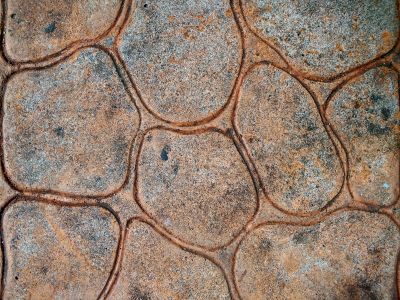
Spring offers optimal conditions for stamped concrete restoration projects.
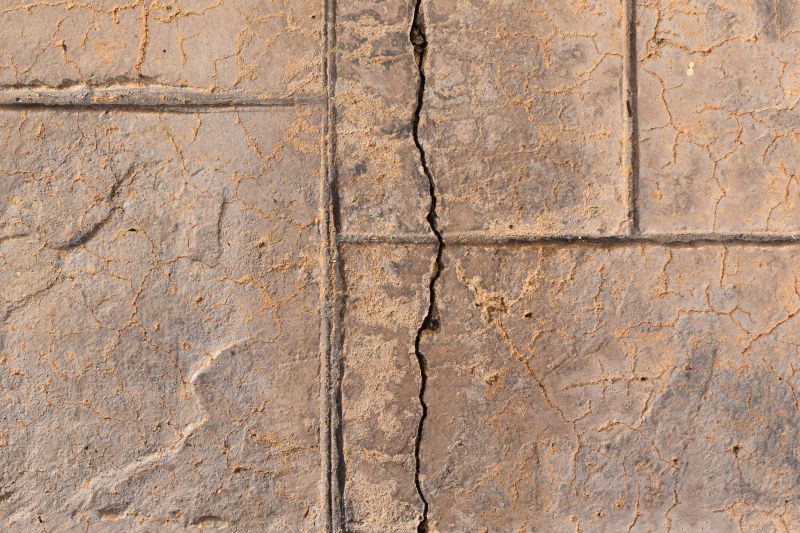
High temperatures can cause rapid drying, leading to surface cracking if not managed properly.
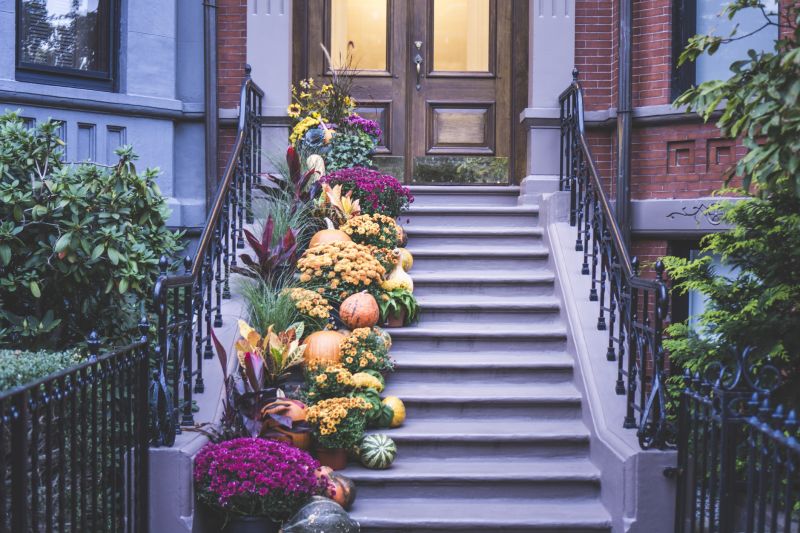
Early fall provides cooler temperatures suitable for restoration work before winter sets in.
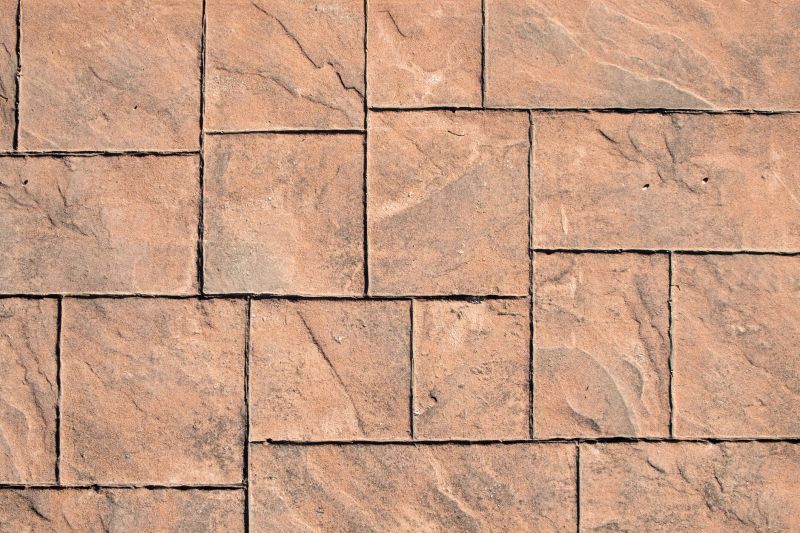
Ways to make Stamped Concrete Restorations work in tight or awkward layouts.

Popular materials for Stamped Concrete Restorations and why they hold up over time.

Simple add-ons that improve Stamped Concrete Restorations without blowing the budget.
| Season | Advantages |
|---|---|
| Spring | Moderate temperatures, ideal for curing and adhesion. |
| Summer | Long daylight hours, but requires precautions against heat. |
| Fall | Cooler weather, good for project completion before winter. |
| Winter | Generally not recommended due to freezing temperatures and moisture issues. |
Stamped concrete restorations involve renewing and enhancing existing concrete surfaces with decorative patterns and textures. This process can significantly improve the appearance and functionality of driveways, patios, and walkways. Restorations typically include cleaning, surface preparation, overlay application, stamping, sealing, and finishing. Proper timing ensures optimal curing, adhesion, and long-term durability. Statistics indicate that projects completed during suitable weather conditions have a 20% higher lifespan and fewer maintenance issues.
Choosing the right time for stamped concrete restorations depends on climate, project scope, and surface condition. Scheduling during periods of stable, moderate weather minimizes risks such as cracking, warping, or improper curing. Accurate planning can lead to cost savings and enhanced aesthetic results, ensuring the restoration maintains its appearance and structural integrity over time.

A stamped concrete surface being restored during optimal weather conditions.
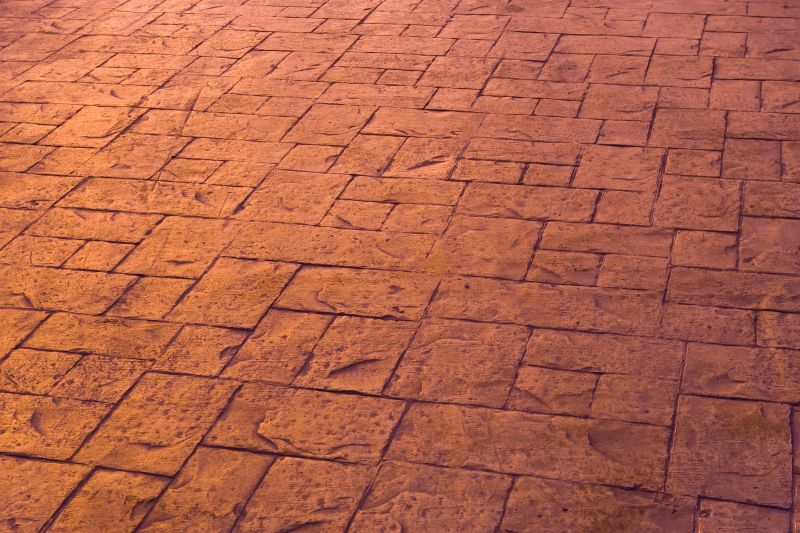
Completed stamped concrete restoration showcasing detailed patterns.

Application of sealant to protect and enhance the restored surface.
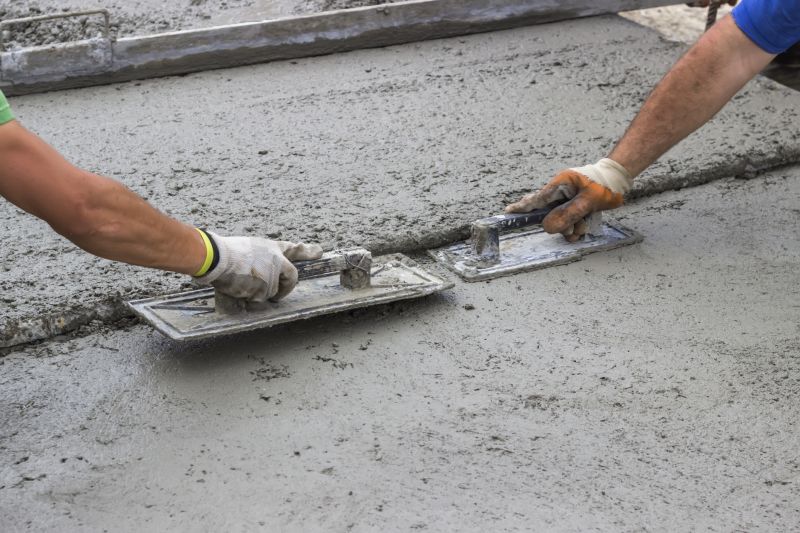
Cleaning and prepping the surface before restoration work begins.

High-end options that actually feel worth it for Stamped Concrete Restorations.

Finishes and colors that play nicely with Stamped Concrete Restorations.
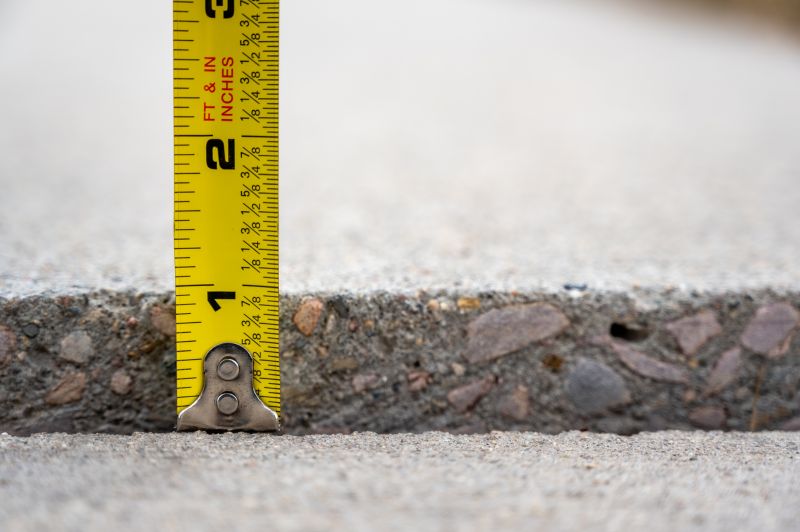
Little measurements that prevent headaches on Stamped Concrete Restorations day.

A 60-second routine that keeps Stamped Concrete Restorations looking new.
Interested parties should consider scheduling stamped concrete restorations during favorable weather conditions to ensure the best results. Proper timing not only enhances the appearance but also extends the longevity of the restoration. For further information or to discuss project specifics, filling out the contact form is recommended.



